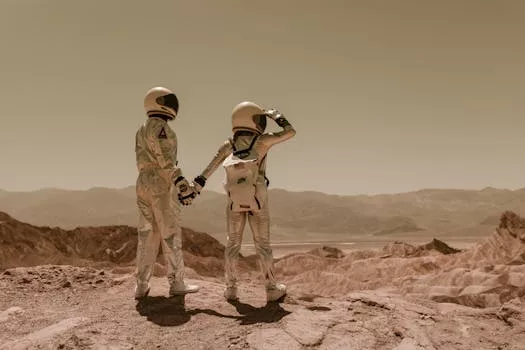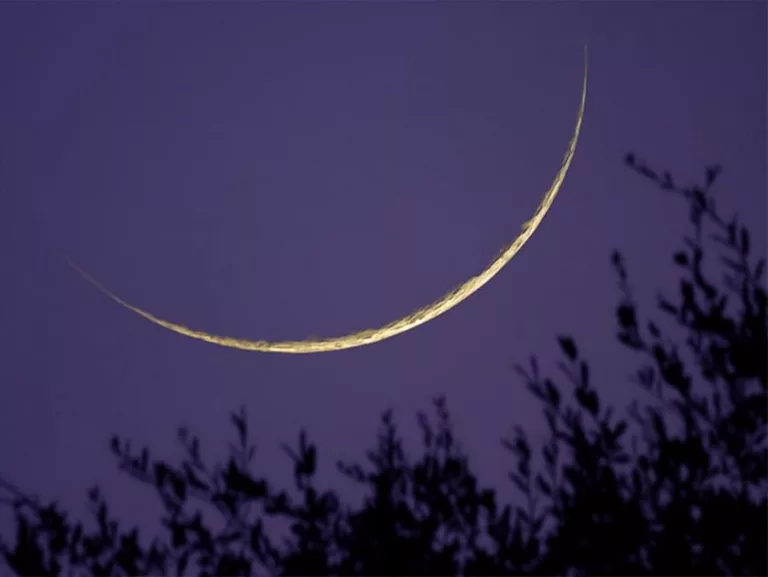
“
Introduction to Beyond the Milky Way
Beyond the Milky Way: Imagining New Worlds and Possibilities
As we gaze up at the night sky, we are reminded of the vast expanse of the universe and the mysteries that lie beyond our own galaxy, the Milky Way. For centuries, humans have been fascinated by the possibility of other worlds and civilizations beyond our own. With advancements in technology and space exploration, we are now closer than ever to discovering the secrets of the universe and exploring the possibilities that lie beyond the Milky Way.
Exploring the Universe
The universe is vast and complex, comprising billions of galaxies, each containing billions of stars and potentially, countless planets. The discovery of exoplanets, which are planets that orbit stars other than the Sun, has opened up new avenues for research and exploration. With the help of advanced telescopes and space missions, scientists are now able to study the conditions on these planets and determine their potential for supporting life. For more insights, check out From Stardust to Dreams: Imagining Life Beyond the Stars.
One of the most significant discoveries in recent years is the detection of exoplanets in the habitable zone of their respective stars. The habitable zone, also known as the Goldilocks zone, is the region around a star where temperatures are just right for liquid water to exist on a planet’s surface. The presence of liquid water is considered essential for life as we know it, and the discovery of exoplanets in the habitable zone has raised hopes of finding life beyond Earth.
Imagining New Worlds
As we explore the universe and discover new worlds, we are forced to think about the possibilities that lie beyond the Milky Way. What kind of life forms might exist on other planets? What kind of civilizations might have developed on other worlds? These questions have sparked the imagination of scientists, philosophers, and science fiction writers, who have proposed a wide range of possibilities, from simple microbial life to complex intelligent beings. This theme is beautifully captured in Charting New Realms: The Journey of Imagination Beyond the Stars.
The concept of the multiverse, which suggests that our universe is just one of many, has also opened up new possibilities for imagining new worlds. The multiverse hypothesis proposes that every time a decision is made or an event occurs, the universe splits into multiple parallel universes, each with a different outcome. This idea has been explored in science fiction and has raised interesting questions about the nature of reality and the possibilities that lie beyond the Milky Way.
Takeaways and Conclusion
In conclusion, the possibilities that lie beyond the Milky Way are endless and fascinating. As we continue to explore the universe and discover new worlds, we are forced to think about the implications of our discoveries and the potential for life beyond Earth. Whether we are talking about the discovery of exoplanets, the concept of the multiverse, or the possibility of intelligent life, the mysteries of the universe are a reminder of how small we are and how much we still have to learn.
Some key takeaways from our exploration of the universe and the possibilities that lie beyond the Milky Way include:
- The universe is vast and complex, with billions of galaxies and potentially countless planets.
- The discovery of exoplanets in the habitable zone of their respective stars has raised hopes of finding life beyond Earth.
- The concept of the multiverse has opened up new possibilities for imagining new worlds and the nature of reality.
- The possibilities that lie beyond the Milky Way are endless and fascinating, and continued exploration and discovery will be necessary to uncover the secrets of the universe.






